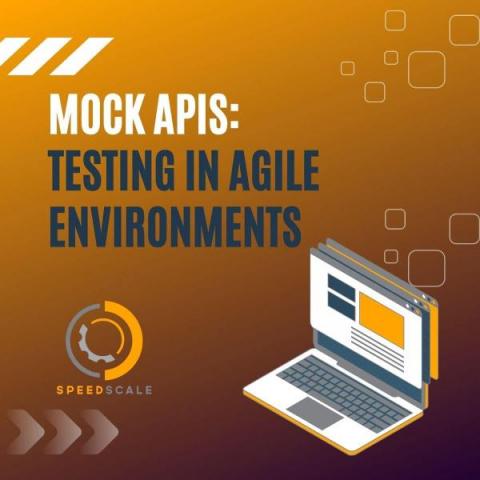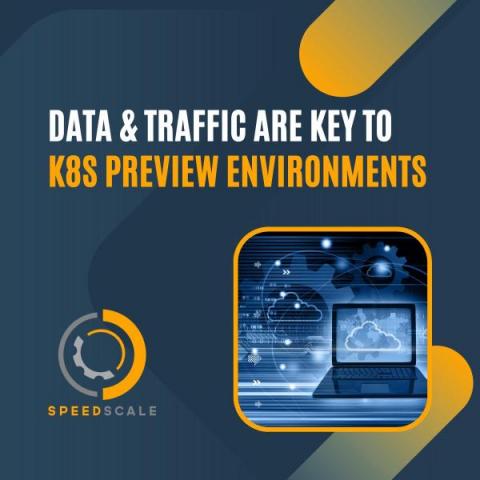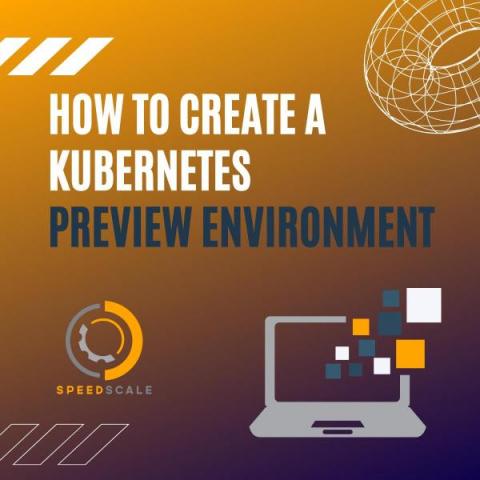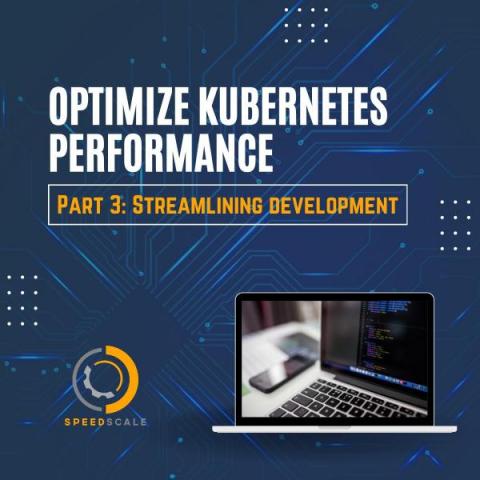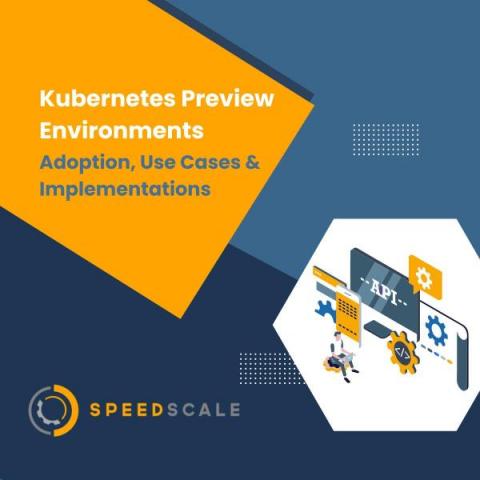Systems | Development | Analytics | API | Testing
Latest Posts
Mock APIs: Testing in Agile Environments
Continuous Load Testing | A Developer's Guide
Continuous load testing is a powerful way of preparing for surges in traffic, without needing real users. Imagine you're a software engineer working on a website that's seen a recent surge in traffic. Despite initial testing indicating that the website should be capable of handling the increased load, the website crashes during peak hours. Load Testing is the process of simulating real-world usage of a website or application. The continuous version is when you integrate it into your development process as part of a CI/CD pipeline.
Test Automation Streamlines Software Development
Data & Traffic Are Key to Kubernetes Preview Environments
How to Create a Kubernetes Preview Environment
Building a Mock Server from User Traffic in Kubernetes
Optimize Kubernetes Performance Part 3: Streamlining Development
Kubernetes Preview Environments - Adoption, Use Cases & Implementations
No matter what application you're building and who your target customers are, everyone can agree that it's critical to avoid broken deployments. To aid in this goal, many tools and concepts have been invented, with Kubernetes preview environments being one of them. In this post, you'll get a deeper understanding of how preview environments work, how organizations are using them, and how you can get started yourself. But to put it simply: preview environments allow teams to deploy a version of their applications during the development process, interacting with it as if it was deployed in production.



